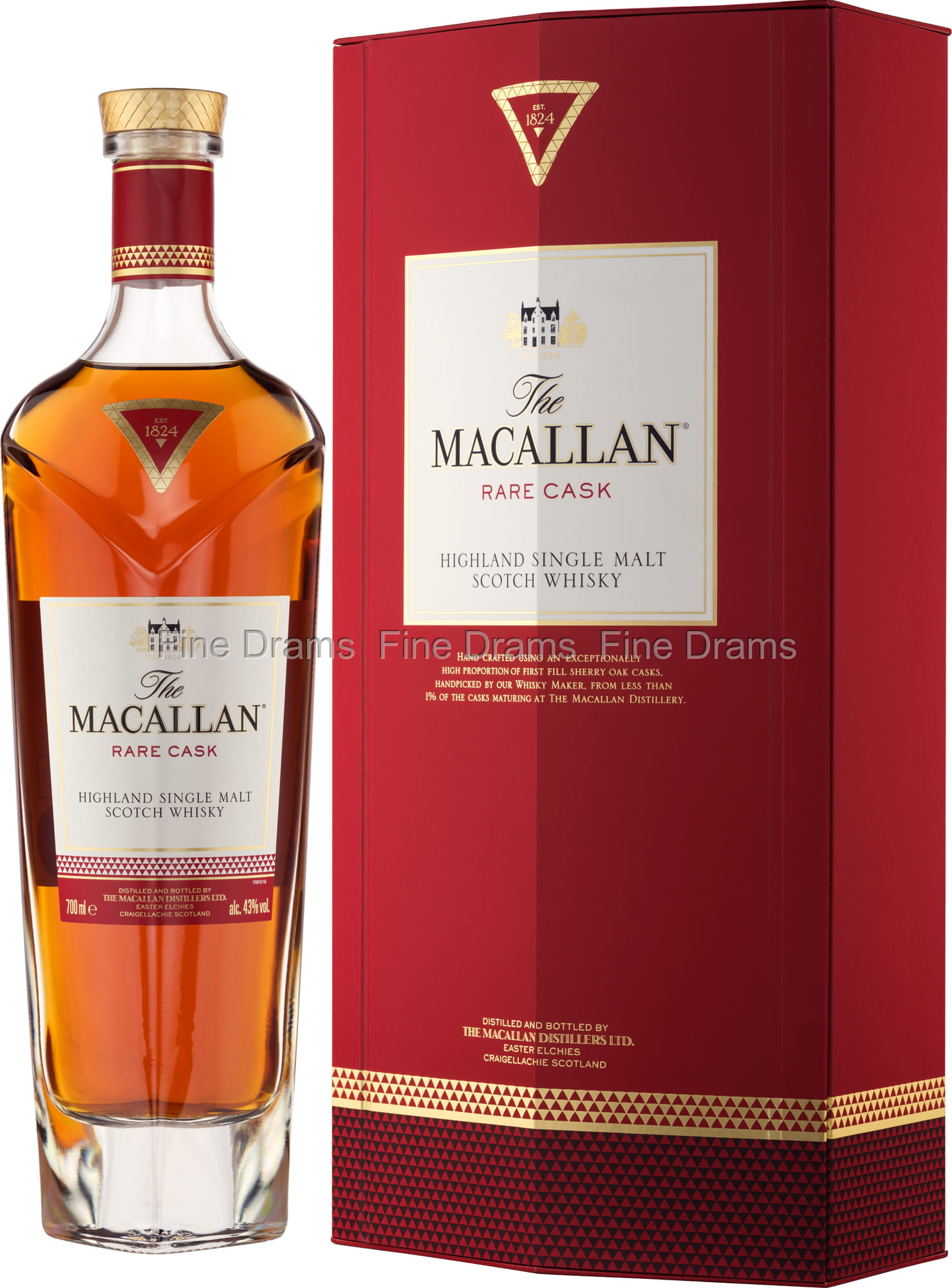

There is now a finite amount of premium whisky casks sitting in warehouses throughout Scotland, and every time one of them is bottled, there are even fewer. They were soon followed by other prestigious distilleries like Dalmore and Laphroaig, who decided to hold on to their precious stock. Consequently, the most prized casks were soon all in the hands of private collectors, making them extremely rare, and therefore significantly more valuable. The Macallan, which many regard as Scotland’s premier whisky brand, stopped releasing its casks at the end of the 1990s. However, as whisky started to become the tipple of choice in a growing economy, stock began to struggle to keep up with demand and it was no longer in the distilleries’ interest to sell their casks on the open market. Releasing casks for sale was a good way to generate the income they needed for their day-to-day operations. So, what makes some casks worth more than others?īefore the great whisky boom of the 1980s, Scotland’s distilleries often struggled to make ends meet due to the economic challenges of manufacturing a product that takes years to come to market. From simple, New Make Casks from lesser known distilleries, available from as little as £2000, to highly prized, decades-old Blue-Chip casks from renowned distilleries that can easily fetch six-figure prices.īut, as in all markets, price is a complex determination of value based on both subjective and objective factors. There is an enormous range of casks available to investors at diverse prices. These ‘super sales’ are just a symptom of a market that is booming, with casks of rare single malt becoming one of the most coveted assets for investors looking to protect their wealth in a volatile market. In 2019 a 30-year old cask of The Maccallan was sold by Bonhmans in Hong Kong at auction for $572,000, an eye-popping amount for an ex-sherry hogshead of single malt. ‘Age can play a part, but it is the rarity of a bottle or a single cask that really drives collectability’ - Dr.The sky’s the limit when it comes to the price of the rarest casks of liquid gold. Trying to map out the interactive behaviour of all the compounds that are generated during the distillation process - those drawn from a cask, and those from the distillery - and how they break down and develop over a period of time is, admits Savage, ‘as near as dammit impossible’. ‘We spends twice as much on our oak casks as we do on our malt, which shows you where our emphasis is.’ ‘Our spirit stills are very small within the industry, and they’re also short, which helps us to generate a quite heavy, viscous new-mix spirit liquid,’ he explains. Savage traces the reasons for this back to the distillation process.


While whisky is now an established luxury product, The Macallan is especially prized by connoisseurs and collectors. ‘What makes our whisky such an exceptional product is that it has evolved over centuries,’ explains Dr Nick Savage, Master Distiller at The Macallan, the historic distillery on Speyside, Scotland.


 0 kommentar(er)
0 kommentar(er)
